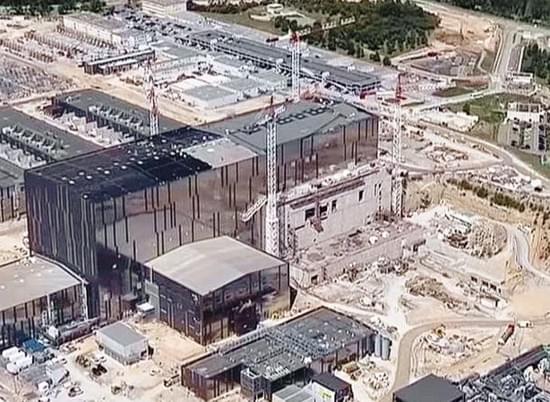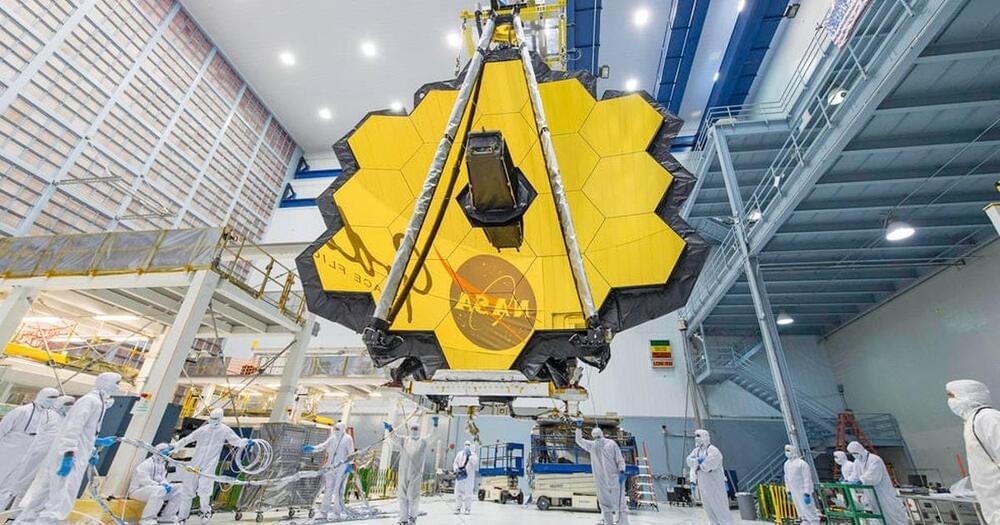
Get the latest international news and world events from around the world.




Single test for over 50 genetic diseases will cut diagnosis from decades to days
Further research shows that the test is accurate.
When it comes to genetic neurological and neuromuscular diseases, screening early is key to getting the right treatment. A new DNA test developed by researchers at the Garvan Institute of Medical Research in Sydney may help in this process, as reported by the institution in a press release published on Saturday.
Garvan researchers have shown how new genomic sequencing technology can reduce the ‘diagnostic odyssey’ experienced by people with rare neurological and neuromuscular diseases.



Seldom Has Politics Superseded the Pursuit of Scientific Discovery and Sharing
Even when politicians and countries have sparred, pursuing scientific truths has been a shared experience across academia and political boundaries. But not now with Russia’s invasion of Ukraine.
In response to the invasion of Ukraine programs of cooperation between Europe, North Americas, and Russia in space and research are ending.

How the Webb Telescope will reveal invisible features of the universe
Joseph DePasquale, the senior data imaging developer at Space Telescope Science Institute, did some minor stretching of the image to bring out more of the detail of the star in the constellation Ursa Major known as HD 84406.
NASA’s James Webb Telescope will capture images in infrared light, providing a new perspective on the cosmos.


Huawei’s competitor to Tesla electric cars is set to hit China’s streets on Saturday
BEIJING — The first electric car with Huawei’s HarmonyOS operating system is set to begin deliveries at a ceremony on Saturday in Shanghai, according to an announcement on social media.
In December, Huawei’s consumer business group CEO Richard Yu spent an hour at a winter product launch event promoting the car, the Aito M5. But the Chinese telecommunications company has emphasized it will not make cars on its own, rather working with auto manufacturers on autonomous driving and other technology.
Seres is the automaker behind the Aito M5. The company is also known as SF Motors and is a Silicon Valley-based subsidiary of automaker Sokon, which is based in Chongqing, China, according to the parent company’s website.